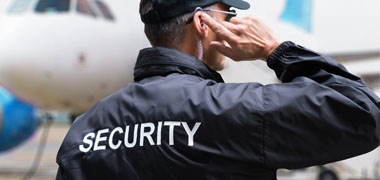
AI Occupational Exposure score unavailable For more insight, research the specific tasks and skills required for the role.
Explore all careersAn Unmanned Aerial Vehicle Pilot operates drones for tasks like surveillance, inspections, and deliveries, requiring adaptability and adherence to safety standards
Get qualified to work as an Unmanned Aerial Vehicle Pilot with a course recognised across Australia. Speak to a training provider to learn more.
Browse occupations related to Unmanned Aerial Vehicle Pilot
In Australia, a full time Unmanned Aerial Vehicle Pilot generally earns $1,500 per week ($78,000 annual salary) before tax. This is a median figure for full-time employees and should be considered a guide only. As you gain more experience you can expect a potentially higher salary than people who are new to the industry.
 Courses.com.au Team
Courses.com.au Team
This industry has experienced stable employment numbers over the last five years. There are currently 1,200 people working in this field in Australia, and many of them specialise as an Unmanned Aerial Vehicle Pilot. Unmanned Aerial Vehicle Pilots may find work across all regions of Australia.
Source: Australian Government Labour Market Insights
 Courses.com.au Team
Courses.com.au Team
If you’re planning a career as an Unmanned Aerial Vehicle Pilot, consider enrolling in a Certificate III in Aviation (Remote Pilot – Visual Line of Sight). This course will give you the skills to operate drone aircraft and covers a range of topics including navigation skills, operating an aeronautical radio, understanding drone regulations, abnormal flight situations and info-technology devices. A Certificate II in Aviation (Remote Pilot) may also be appropriate.
 Courses.com.au Team
Courses.com.au Team



An Unmanned Aerial Vehicle Pilot operates drones and other remote aircraft. You might specialise in a particular type of remote aerial equipment work such as agricultural surveillance, powerline inspections or emergency rescue activities. Unmanned Aerial Vehicle Pilots also use drones for taking aerial photographs, collecting measurement information or making deliveries.
Unmanned Aerial Vehicle Pilots should be able to operate their equipment in a range of situations. You may have to adapt your skills to changing circumstances and might have to draw on your problem solving abilities when required. Unmanned Aerial Vehicle Pilots must be able to follow correct procedures and adhere to relevant safety standards.